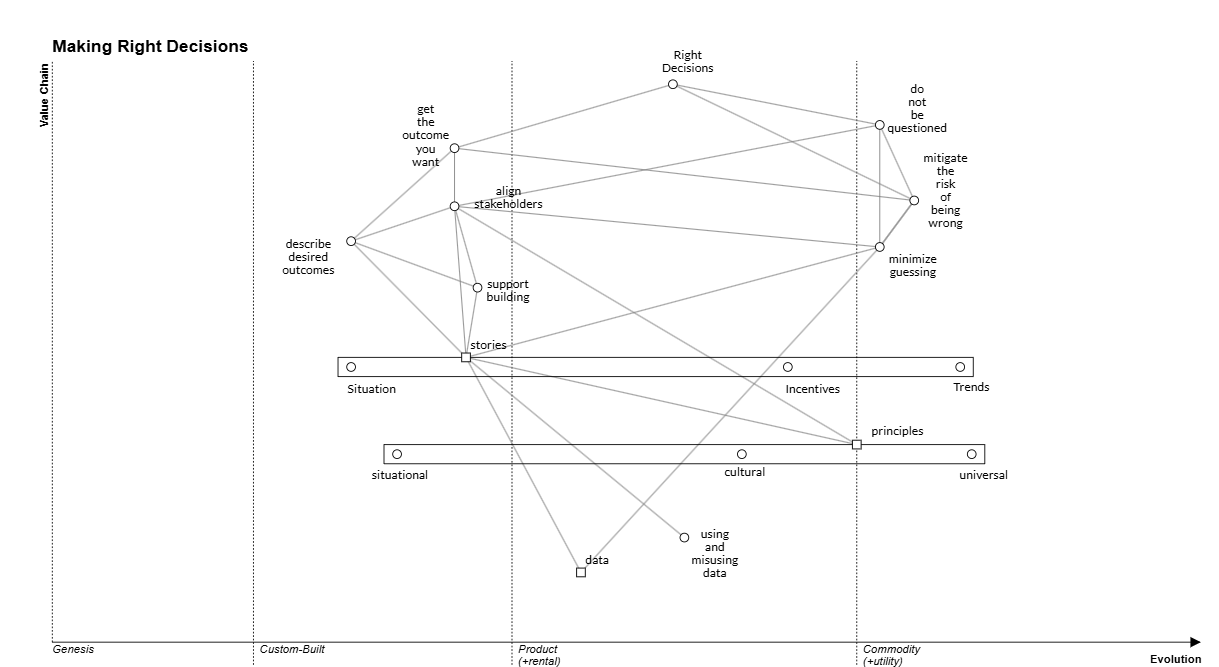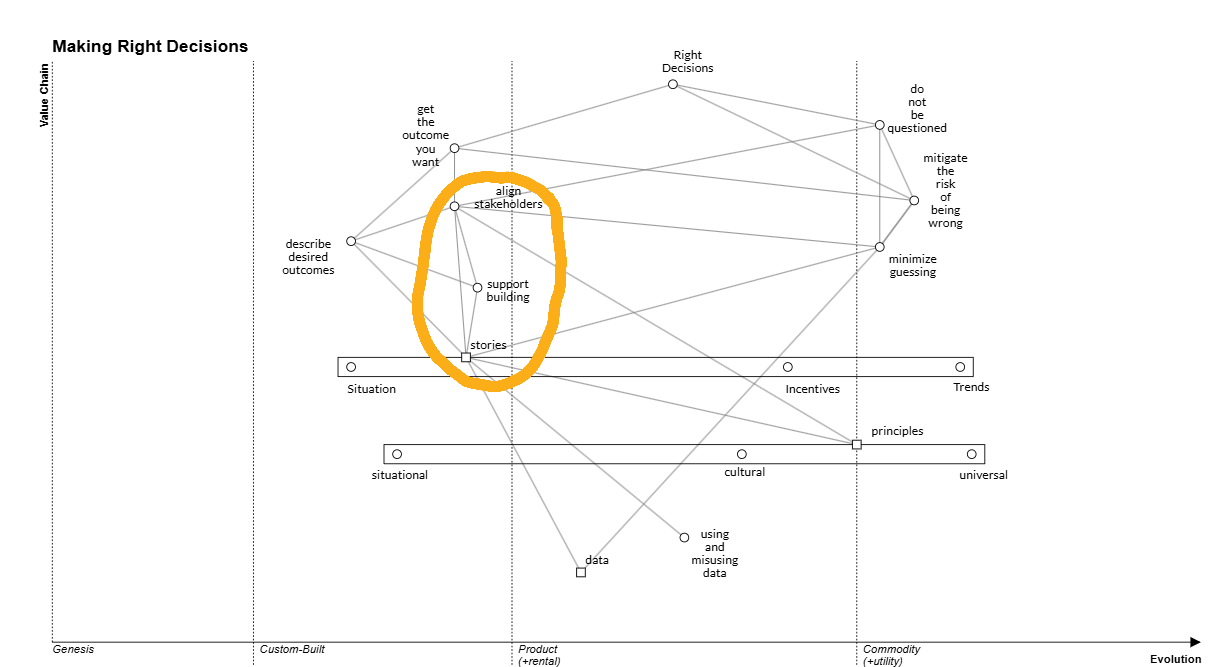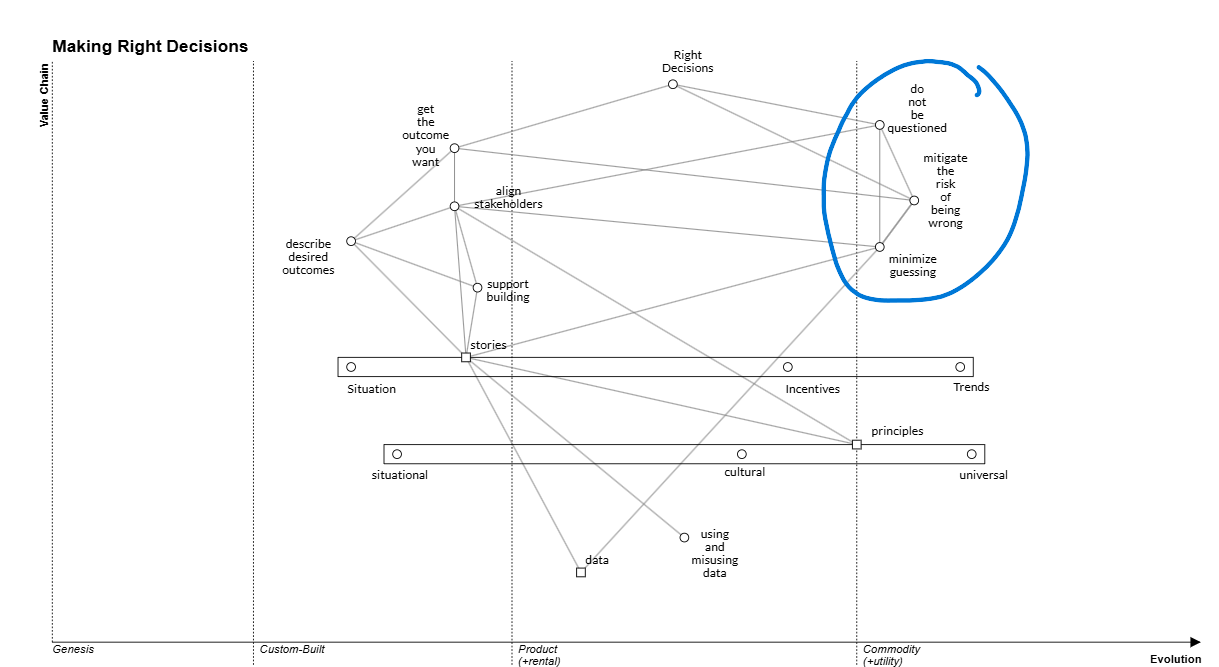Why Your Brilliant Ideas Keep Getting Shot Down (And What You Can Do About It)
The harsh reality of corporate decision-making: why your best ideas fail not because they're bad, but because you're missing the hidden game of stakeholder survival.
Commentary Details
Why Your Brilliant Ideas Keep Getting Shot Down (And What You Can Do About It)
You've got this amazing idea. It's logical, well-researched, and could save the company millions. You present it with confidence, expecting applause and immediate approval.
Instead, you get blank stares. Or worse—dismissive comments about "timing" or "budget constraints." Your idea dies in committee, and you're left wondering what went wrong.
Here's the brutal truth: business decisions are about survival, not logic.

The Hidden Game Nobody Talks About
When you pitch an idea, you're not just selling a solution. You're asking someone to stake their reputation on your success. That person has a career, a mortgage, and a family to protect. They didn't get to their position by taking unnecessary risks.
Think about it from their perspective. If your idea fails, they look incompetent. If it succeeds, you get the credit. Where's their incentive to say yes?
This is human nature, not cynicism. As Dave Snowden once observed, executives don't have time for your learning curve. They need options that come with guarantees, not experiments that might work.
The Two Promises Every Decision-Maker Needs
Your idea must deliver two unspoken promises:
Promise One: Confidence of Delivery
"I can actually pull this off without embarrassing you."
Promise Two: Desired Outcomes
"This will make you look good to your boss."
Notice what's missing? The technical brilliance of your solution. The elegant architecture. The innovative approach. None of that matters if you can't deliver on these two promises.

Why "Politics" Isn't a Dirty Word
Here's what most people get wrong about corporate politics. They think it's about backstabbing and manipulation.
Politics is actually the art of understanding that different people have different incentives. Your engineering team wants to build something elegant. Your sales team wants to close deals. Your finance team wants to control costs. Your boss wants to look strategic to their boss.
These aren't conflicting goals—they're different perspectives on the same problem. The person who can navigate these waters doesn't just present options. They build bridges between competing interests.
The Reputation Tax
Every failed proposal carries a hidden cost. It's not just the time and resources wasted. It's the damage to your credibility.
Think of it like a credit score for ideas. Every time you pitch something that doesn't work, your "idea credit score" goes down. People become more skeptical of your next proposal. They start looking for reasons to say no before you even finish your sentence.
This is why feasibility is protection, not just due diligence. You're proving you won't embarrass the person who backs it, not just that your idea can work.

The Wardley Mapping Advantage
This is where Wardley Mapping becomes your secret weapon. It shows why your idea matters to different stakeholders. It shows that you have thought about everything.
When you map your value chain, you're revealing the hidden connections between your idea and everyone else's success. You're showing how your technical solution solves their business problem.
More importantly, you're demonstrating that you understand the bigger picture and the details that could derail the project. You're a strategist who can see how all the pieces fit together.
The Art of Stakeholder Alignment
Here's the uncomfortable truth: if you can't align stakeholders, your project will fail. It doesn't matter how brilliant your solution is. It doesn't matter how much money it could save. Without buy-in, you're building a castle in the air.
But alignment means understanding what each person needs to succeed and showing them how your idea helps them get there.
Your engineering manager needs to know the technical risks are manageable. Your finance director needs to see the ROI. Your sales team needs to understand how this helps them close deals. Your boss needs to know this will make them look good to their boss.
Each of these is a different conversation. Each requires a different approach. The person who masters this gets champions.
The Decision-Maker's Dilemma
Remember, the person making the decision is evaluating you. They're asking themselves: "Can I trust this person to deliver? Will they make me look good? What happens if this goes wrong?"
Your job is to make them feel safe saying yes. That means addressing their fears before they even voice them. It means showing them the exit strategy if things go wrong. It means demonstrating that you understand the stakes.
Building Your Idea Credit Score
So how do you build credibility when you're starting from zero? You start small. You take on projects with clear success criteria and deliver them flawlessly. You build a track record of reliability before you pitch the big ideas.
You also learn to speak the language of your audience. Technical people want to see the architecture. Business people want to see the numbers. Executives want to see the strategic impact. The same idea, presented three different ways, to three different audiences.
The Power of Process
Here's the final insight: great processes sell ideas.
When you show up with a Wardley Map, you're demonstrating a methodology. You're showing that you understand how to think about complex problems. You're proving that you can break down big challenges into manageable pieces.
This is why Wardley Mapping works. It's a tool for communication. It's a way to make complex ideas accessible to people who don't have time to understand the technical details.
Your Next Move
The next time you have a brilliant idea, think about the people who need to approve it. What do they need to hear? What are they afraid of? How can you make them feel safe saying yes?
Remember, you're asking someone to bet their reputation on your success. Make sure you're worth the risk.
The business world isn't fair. It's not logical. It's not even rational sometimes. But it is predictable. Once you understand the hidden dynamics of decision-making, you can work with them instead of against them.
Your ideas are probably brilliant. Now you just need to learn how to sell them.
Tags
Explore More Resources
Continue your strategic thinking journey with our guides, case studies, and tools